Argentina’s wine country extends far beyond the famous Mendoza region that dominates international attention. Throughout the country’s diverse landscapes, from high-altitude deserts to lush river valleys, charming towns have developed their own unique wine cultures over generations.
These lesser-known destinations offer authentic experiences where visitors can enjoy exceptional wines without the crowds. Here is a list of 15 underrated wine towns in Argentina that deserve recognition for their exceptional vineyards, stunning scenery, and authentic cultural experiences.
Cafayate

Nestled in the Calchaquí Valleys of northwest Argentina, Cafayate sits at an impressive 5,500 feet above sea level. This high-altitude location creates ideal conditions for growing Torrontés, a fragrant white grape that produces wines with distinctive floral aromas and crisp finishes.
The dramatic red rock formations surrounding the town provide a stunning backdrop for the vineyards, creating a landscape that looks almost otherworldly at sunset.
San Rafael
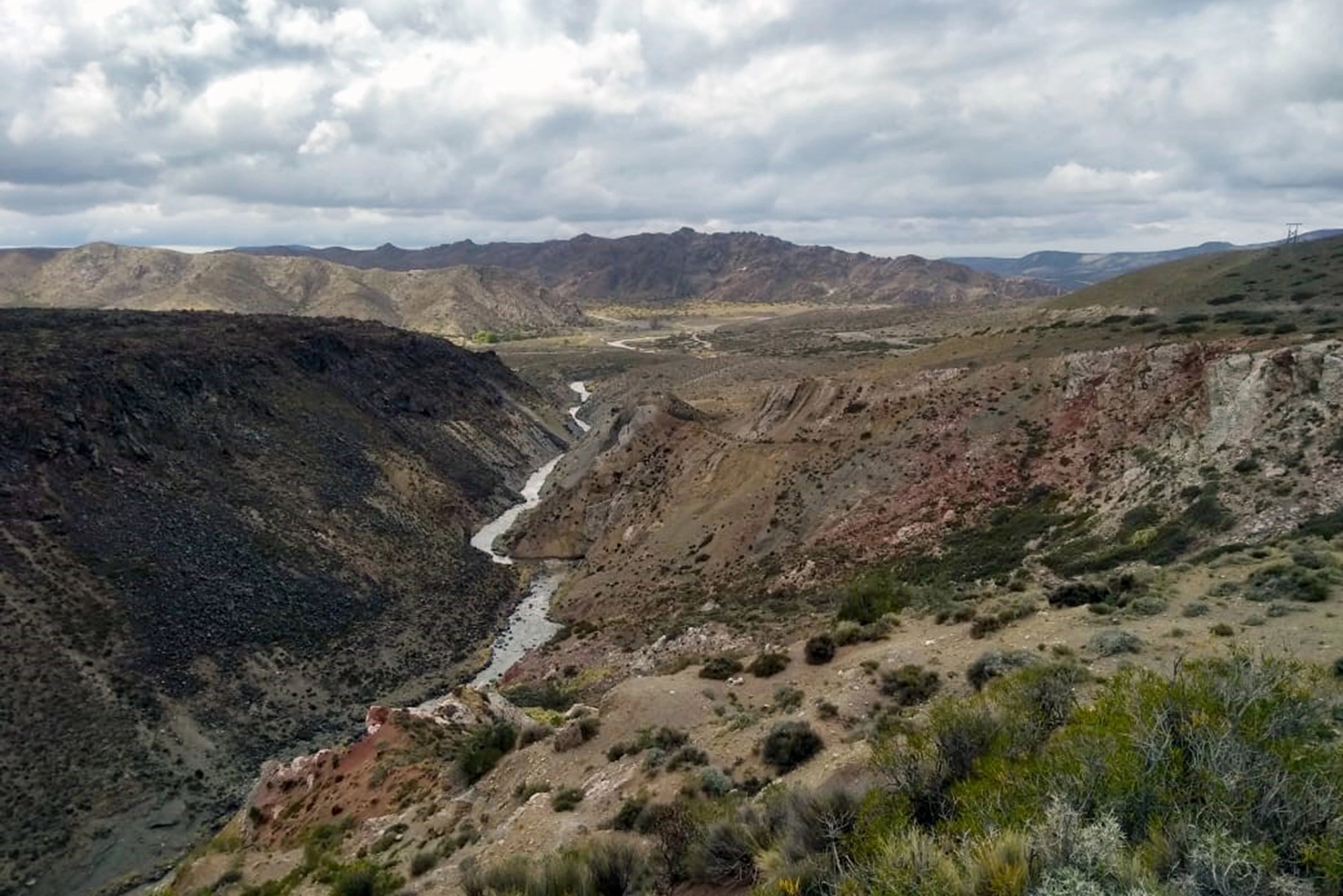
Located in southern Mendoza province but often overshadowed by its famous northern neighbor, San Rafael offers a more relaxed wine experience with equally impressive vintages. The region specializes in robust Malbecs and complex Cabernet Sauvignons, grown in vineyards flanked by poplar trees and irrigation channels that date back centuries.
Local bodegas tend to be family-operated affairs where owners personally lead tastings and share stories that span generations.
San Juan
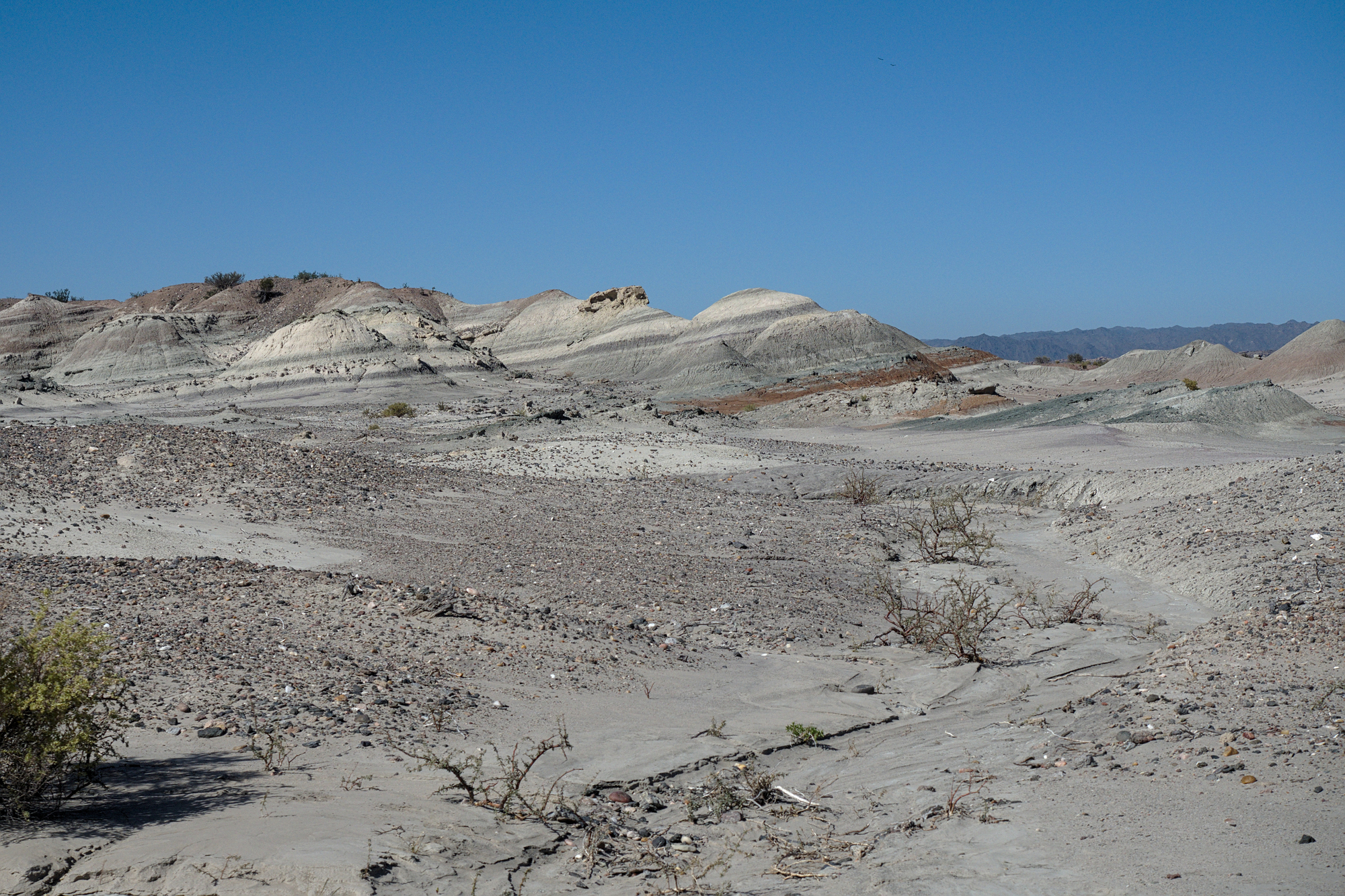
The San Juan province has been producing wines since the 16th century but remains remarkably under the tourist radar. The dry, sunny climate creates perfect conditions for Syrah and Bonarda varieties, resulting in bold, fruit-forward wines with distinct character.
Many vineyards here have embraced organic and biodynamic practices, making San Juan a destination for environmentally conscious wine enthusiasts who appreciate sustainable production methods.
Like Travel Pug’s content? Follow us on MSN.
Neuquén

In the windswept northern Patagonian province of Neuquén, pioneering winemakers have established a new frontier for Argentine viticulture. The cool climate and long growing season allow grapes to develop complex flavors while maintaining excellent acidity.
Pinot Noir thrives here like nowhere else in Argentina, producing elegant wines that can rival those from more established regions. The stark beauty of the Patagonian landscape adds an extra dimension to wine tasting experiences.
La Rioja
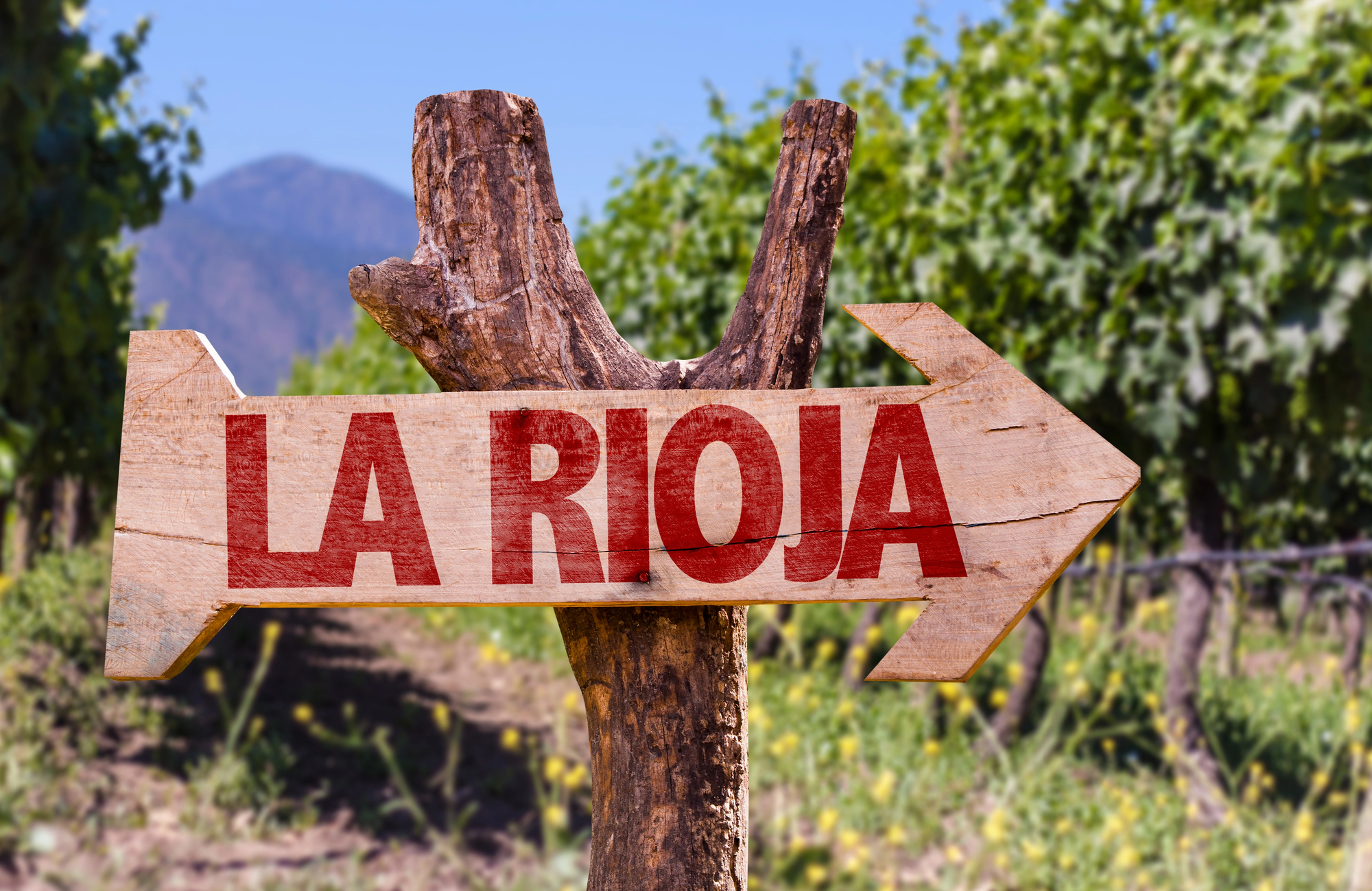
Not to be confused with the Spanish region of the same name, Argentina’s La Rioja province boasts some of the country’s oldest vineyards dating back to the 1500s. The area specializes in Torrontés Riojano, a variant that produces aromatic whites with tropical fruit notes and surprising complexity.
The vineyards here are set against breathtaking mountain backdrops, with ancient olive groves often interspersed among the vines, creating a Mediterranean feel in the heart of South America.
Chilecito
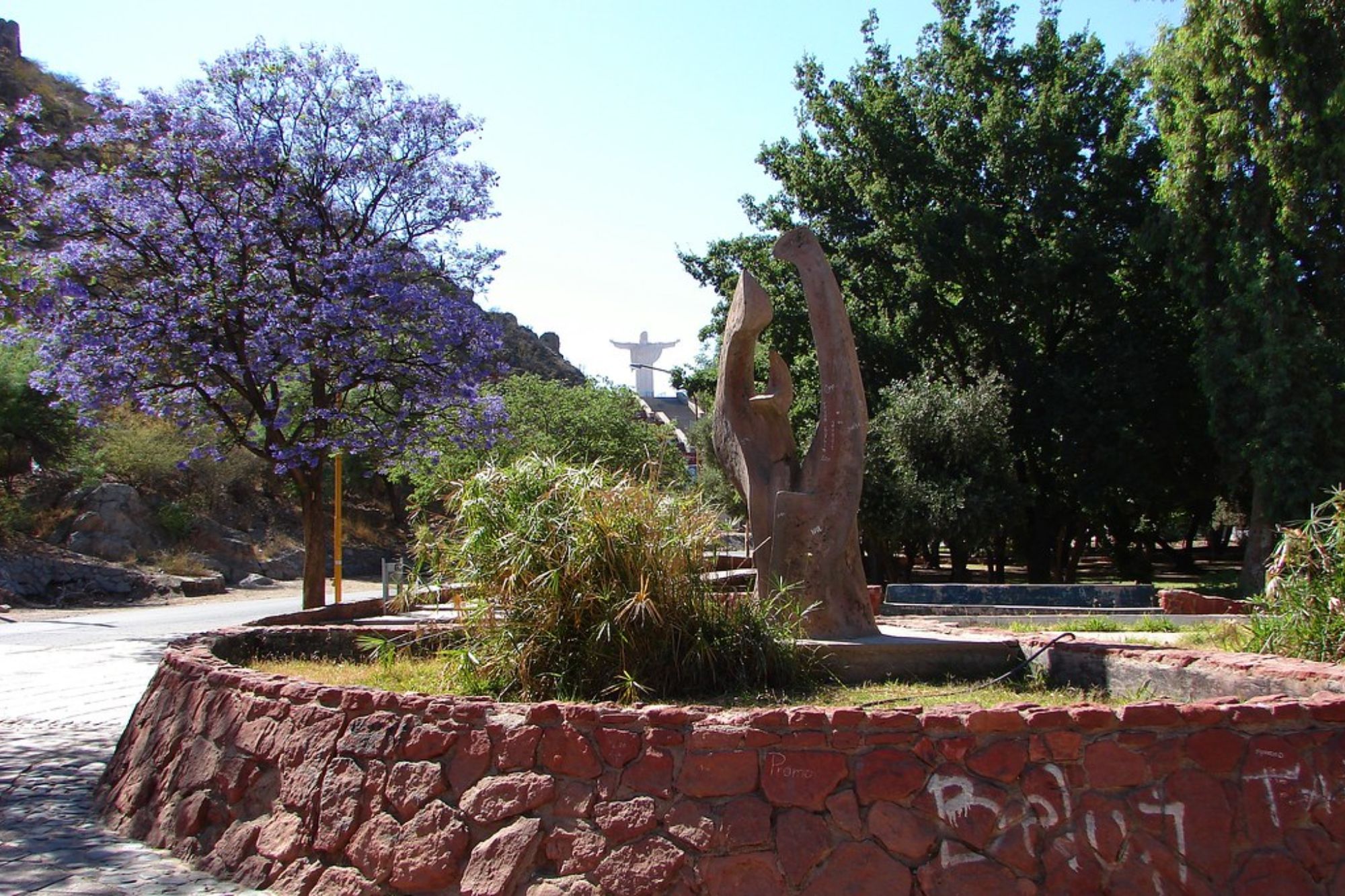
Tucked away in the Famatina Valley of La Rioja province, Chilecito combines winemaking tradition with mining heritage. The town’s vineyards benefit from extreme temperature variations between day and night, producing intensely flavored Torrontés and Malbec varieties.
Visitors can explore century-old wineries with original adobe structures while enjoying views of the towering Famatina mountain range that protects the valley’s microclimate.
Like Travel Pug’s content? Follow us on MSN.
Colonia Caroya
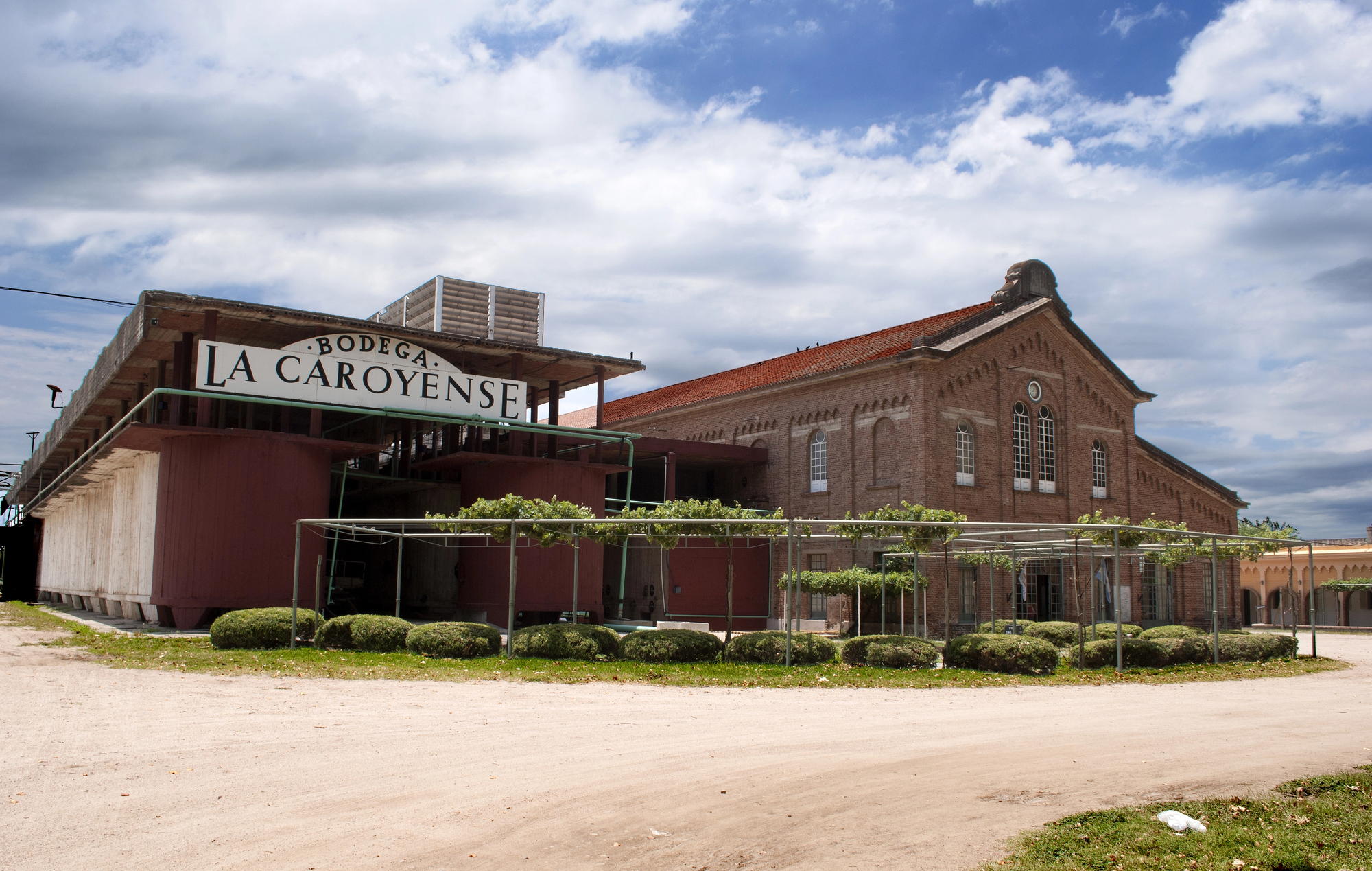
Founded by Italian immigrants in the late 19th century, this charming town in Córdoba province maintains strong European influences in its winemaking traditions. Caroya is famous for its distinctive Sangiovese wines that reflect the Italian heritage of its founders.
The town’s bodegas are often accompanied by traditional salumerías, where visitors can sample locally-made salamis and cheeses that pair perfectly with the region’s medium-bodied reds.
Cachi

This remote high-altitude town in Salta province sits at nearly 8,000 feet above sea level, making it home to some of the highest vineyards in the world. The extreme conditions produce intensely concentrated grapes with thick skins and robust flavors.
Family-run operations dominate here, with many winemakers using methods passed down through generations, creating truly authentic wines that capture the essence of Argentina’s mountainous north.
Tupungato

Named after the towering volcano that dominates its landscape, Tupungato in the Uco Valley combines dramatic scenery with cutting-edge winemaking. The area has attracted international investment but maintains its small-town charm among the high-altitude vineyards.
Modern wineries here produce exceptional Malbec, Cabernet Franc, and Chardonnay, utilizing the cool climate and mineral-rich soils to create wines with remarkable depth and complexity.
Like Travel Pug’s content? Follow us on MSN.
Trevelin

Argentina’s southernmost wine region in Chubut province represents the extreme frontier of viticulture. Welsh settlers founded this Patagonian town, and their cultural influence remains evident today. The frigid climate creates challenging growing conditions but rewards patient winemakers with exceptional Chardonnay and Pinot Noir grapes.
Tasting rooms here often feature Welsh tea service alongside wine flights, creating a unique cultural fusion.
Valle de Calingasta
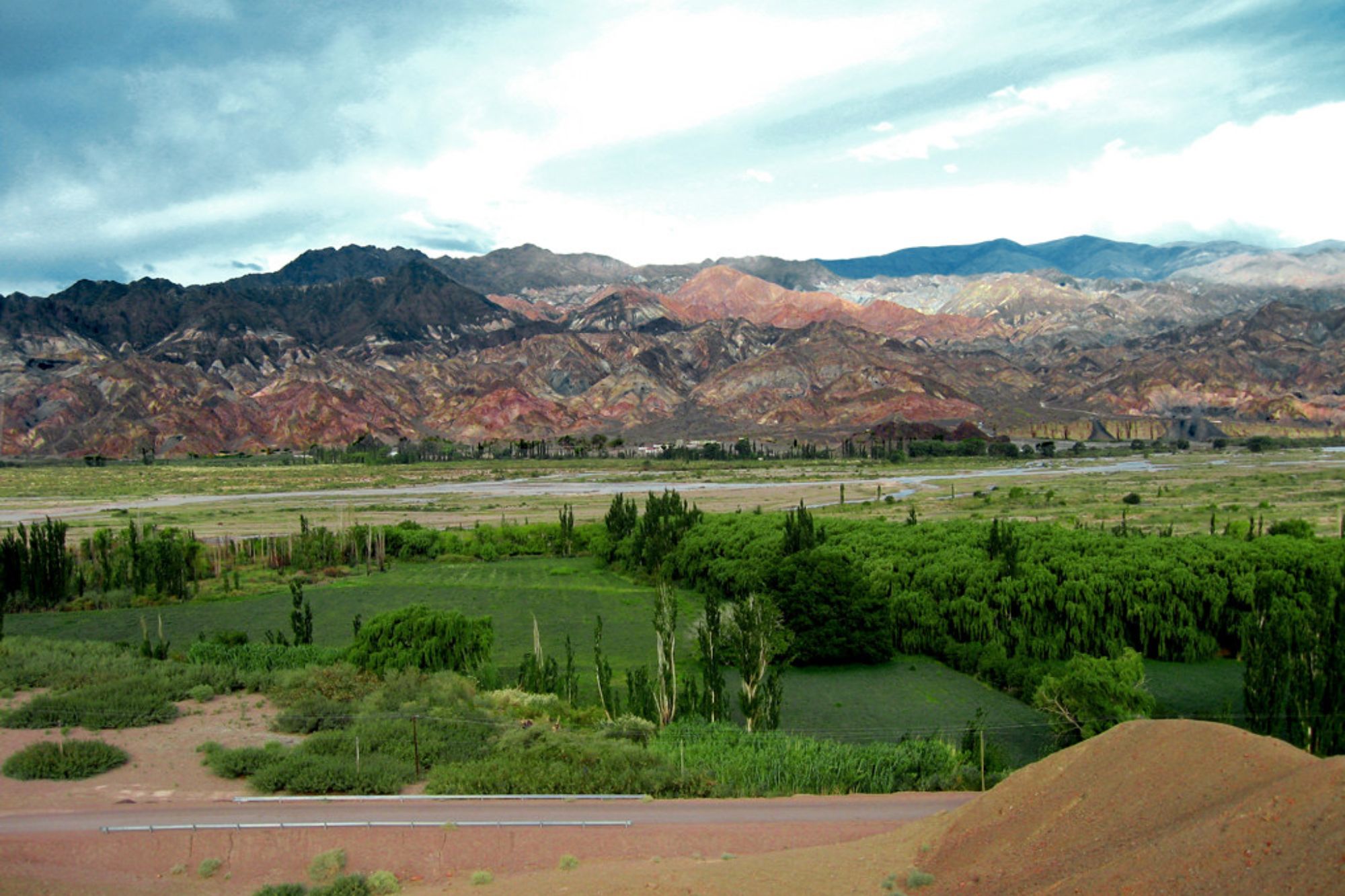
This remote valley in western San Juan province sits in the shadow of the Andes at elevations exceeding 5,000 feet. The pristine environment and mineral-rich soils create ideal conditions for organic viticulture, producing distinctive Malbecs with herbal notes and bright acidity.
The isolation has preserved traditional winemaking methods, with many producers still using concrete tanks and open fermentation techniques that harken back to earlier eras.
Villa Unión

Located near the famed Talampaya National Park, Villa Unión combines wine tourism with dramatic natural scenery. The arid climate and sandy soils produce concentrated Syrah and Tannat grapes with remarkable intensity.
Small-scale producers here focus on quality over quantity, often creating limited batches of wine that reflect the unique terroir of this remote corner of La Rioja province.
Like Travel Pug’s content? Follow us on MSN.
Guaymallén
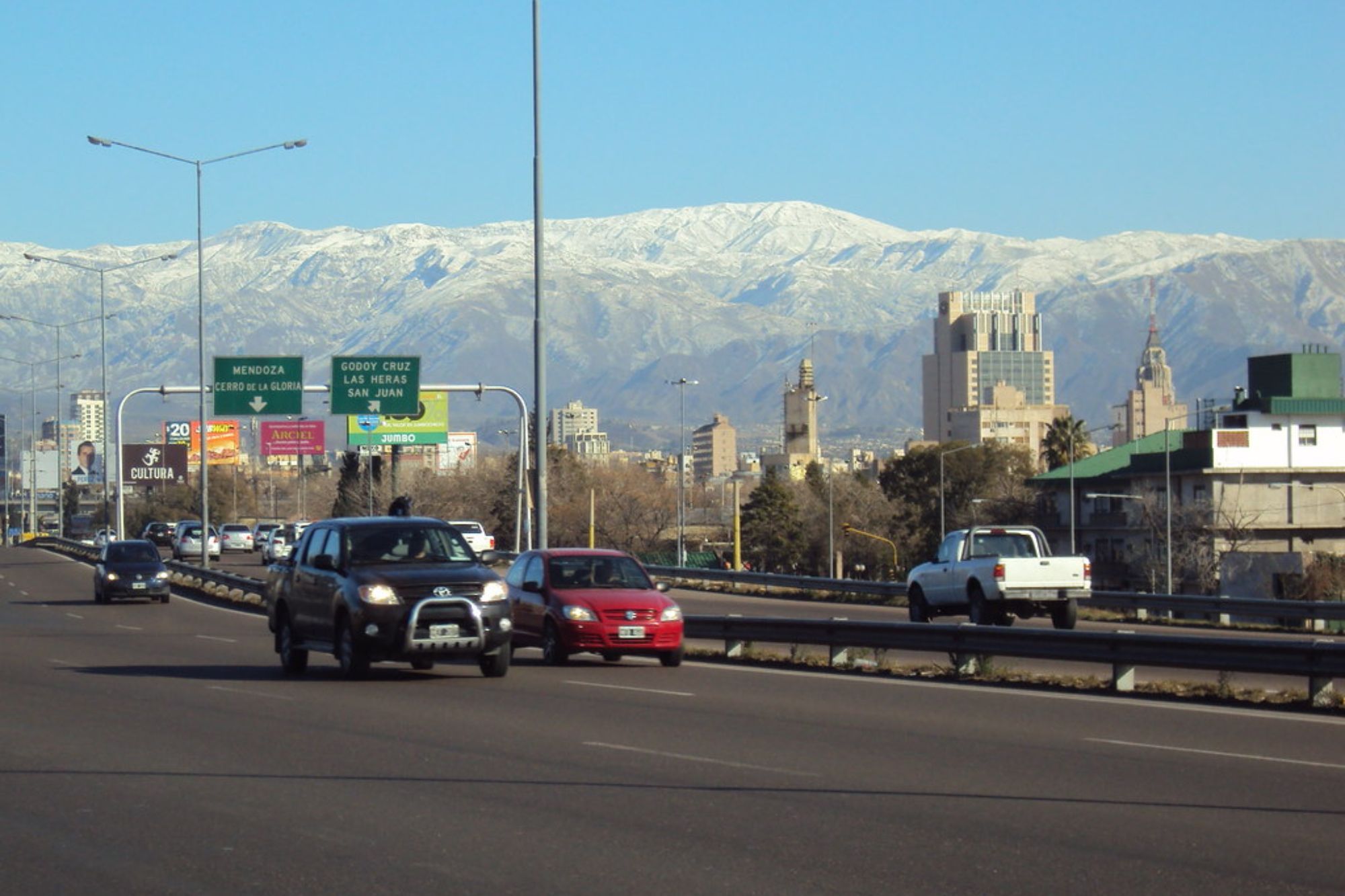
Just outside Mendoza city but worlds away from the more famous wine districts, Guaymallén represents Argentina’s urban winemaking tradition. Historic family wineries operate amid residential neighborhoods, maintaining century-old vineyards that have survived urban expansion.
The area specializes in traditional styles of Criolla grapes, producing everyday wines that locals have enjoyed for generations alongside more modern interpretations aimed at contemporary palates.
Lavalle

In northern Mendoza province, Lavalle maintains some of Argentina’s oldest ungrafted pre-phylloxera vines, some dating back 150 years. These ancient vineyards produce extraordinarily complex Malbec and Criolla varieties with a depth of flavor that only old vines can achieve.
The flat, arid landscape contrasts with the mountainous wine regions, creating a distinct growing environment that translates into wines with unique character and historical significance.
Agrelo
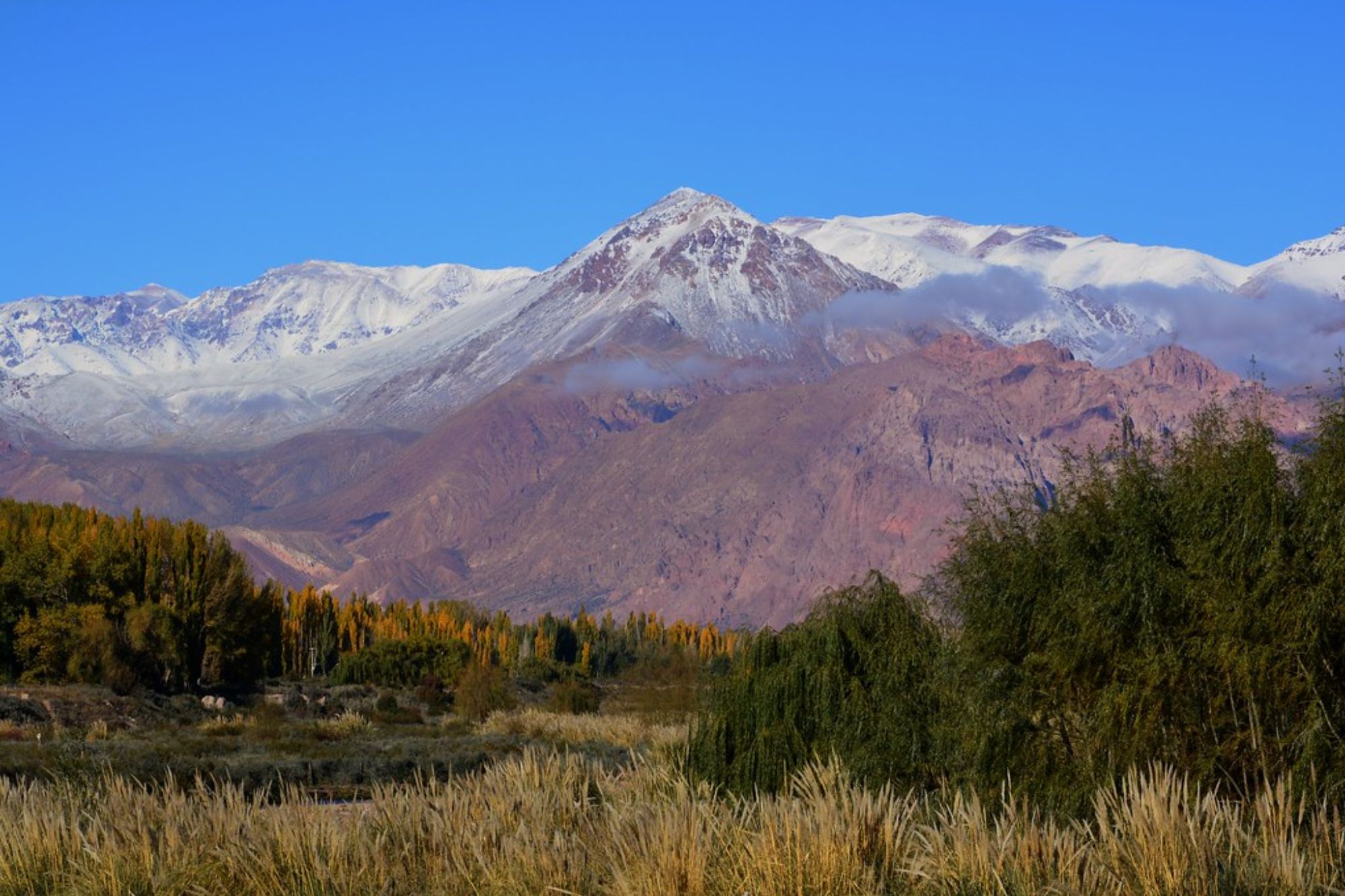
Sitting in the foothills of the Andes in Mendoza province, Agrelo combines tradition with innovation in its approach to winemaking. The area’s high elevation and poor soils naturally limit yields, resulting in concentrated wines with exceptional structure.
Forward-thinking producers here have pioneered sustainable practices while honoring traditional methods, creating balanced wines that showcase both the region’s heritage and its future potential.
Like Travel Pug’s content? Follow us on MSN.
From Vine to Cultural Heritage
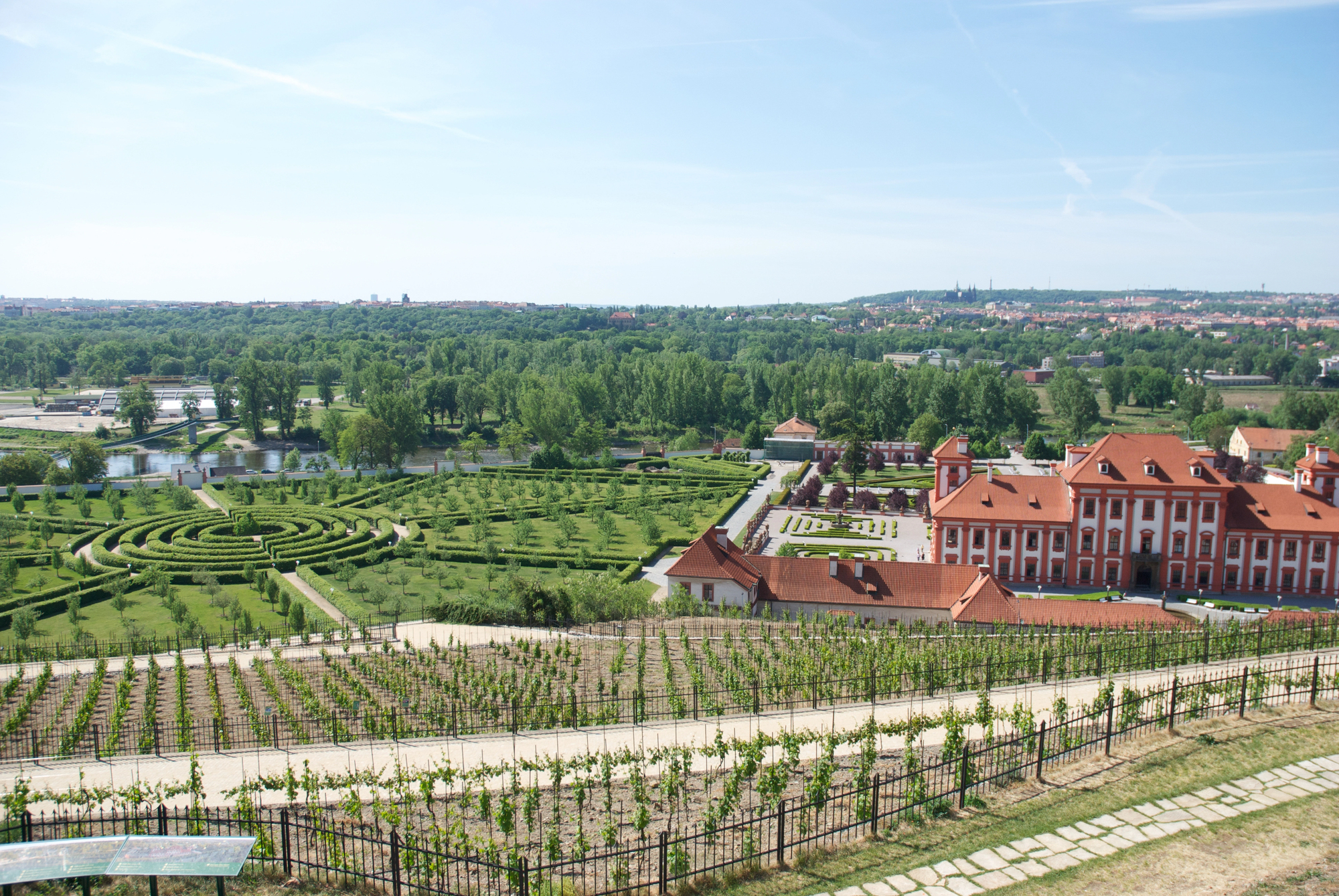
These underrated wine regions offer more than just excellent vintages—they provide windows into authentic Argentine culture away from tourist crowds. Each town maintains its own traditions, from local cuisine that perfectly complements the regional wines to festivals that celebrate centuries of winemaking heritage.
Visitors might find themselves joining impromptu tango sessions in family-owned bodegas or learning traditional cooking techniques from local chefs who understand the perfect food pairings for their regional specialties. The diversity across these fifteen towns showcases Argentina’s remarkable range of terroirs and traditions, proving that the country’s wine story extends far beyond its most famous region.
More from Travel Pug

- Cities Growing so Fast You Won’t Recognize Them in 10 Years
- 13 Destinations Where Tourists Regularly Regret Their Trip
- 20 Obscure WWII Sites Even History Buffs Don’t Know About
- 10 Under-the-Radar Mountain Towns That Are Both Affordable and Beautiful
- Remote Villages in Europe Where You Can Live for Free in Exchange for Work
Like Travel Pug’s content? Follow us on MSN.
